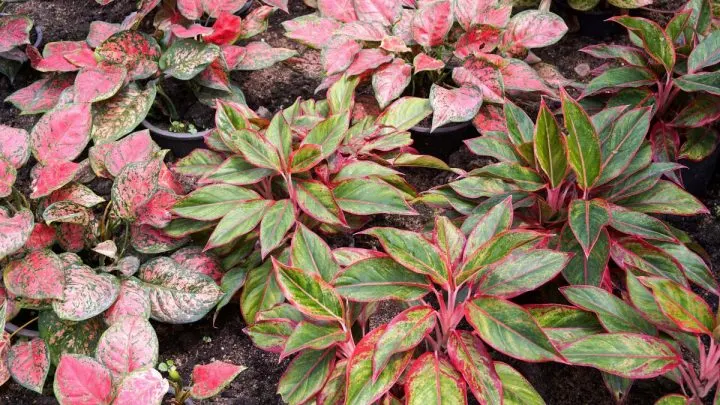Today, we’re going to talk about the aglaonema varieties, the green-pink tropical plant beauty – Aglaonema Sparkling Sarah.
Aglaonema Sparkling Sarah is a beautiful but often underestimated plant native to tropical and subtropical parts of Asia.
If you’re ready for some new plants and new leaf looks in your home, this article is great for you. In the casual home area, professional office space, basically anywhere, this plant will look great!
Due to their undemanding nature, they are ideal for beginners, and read more about maintenance below.
About One Of The Chinese Evergreen Plants
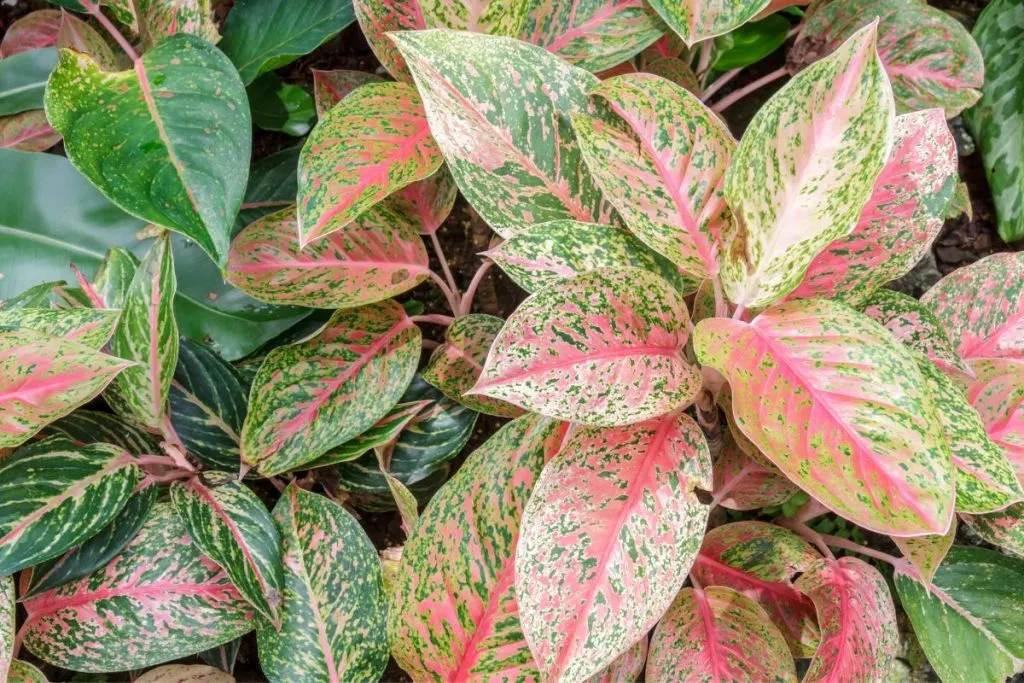
It is a plant that survives well in low light, under fluorescent light, and in low indirect light. There are different types of Aglaonema plants, including Silver Queen, Aglaonema Silver Bay, and many more.
You will love growing this plant indoors because of its charm. The quality of its pink-green gentle feature convinces you to plant it.
The leaves of this plant have stripes of various colors. These stripes are pink, yellow, or green.
If you are planning to have Aglaonema Sparkling Sara at home, this guide will help you grow and care for your aglaonema Sarah plants.
After growing this plant, you will be more than happy. Shall we read all about its care guide now?
Aglaonema Sparkling Sarah Natural Habitat
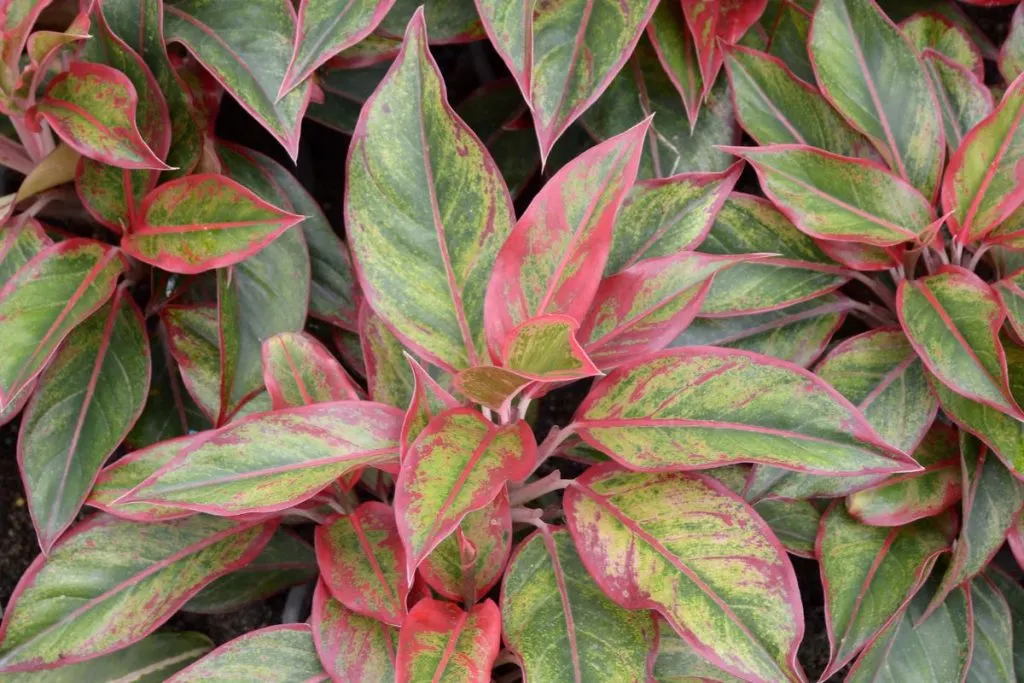
They are naturally distributed in tropical and subtropical areas of Asia. These flowering plants include about 50 different species of aglaonema varieties and many cultivars, many of which are popular in cultivation. Propagation of aglaonema is done by cuttings, water, and division.
They are looking for permeable soil rich in humus and a semi-shady place. Species with more variegated leaves require more light.
They do not tolerate colder temperatures and they should not drop below 55 F. In the summer they can be watered more abundantly, but during the winter months watering should be scarce.
Care is reduced to removing dry leaves (gently pulling) so that they do not become a breeding ground for diseases. The plants are slow growing, it is preferable to transplant them every two or three years at the beginning of spring.
Aglaonema Sparkling Sarah Features
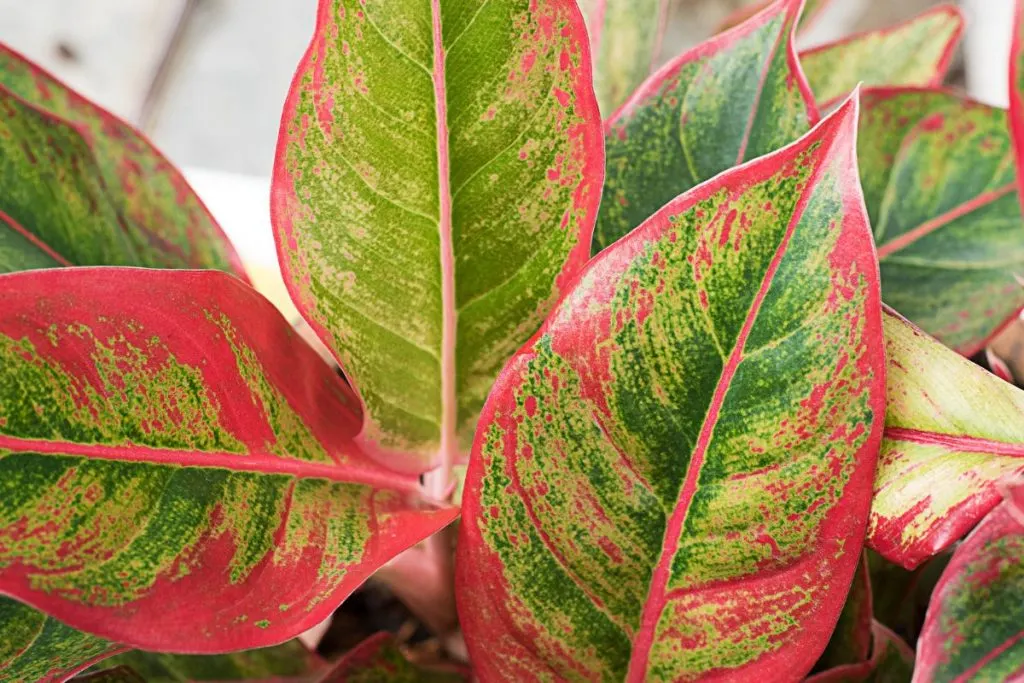
It is striking because of the large color variations – from dark green to silver shades, and some varieties have an intense red shade, which makes it a very popular decorative plant.
This is a slow-growing, very attractive plant because of its large leaves. It has large, narrow, oval leaves on short stems.
One of the characteristics of aglaonema is that it thrives best indoors, it does not like exposure to the sun, which makes it one of the most famous plants whose main purpose is decoration.
Bright Indirect Light Works The Best
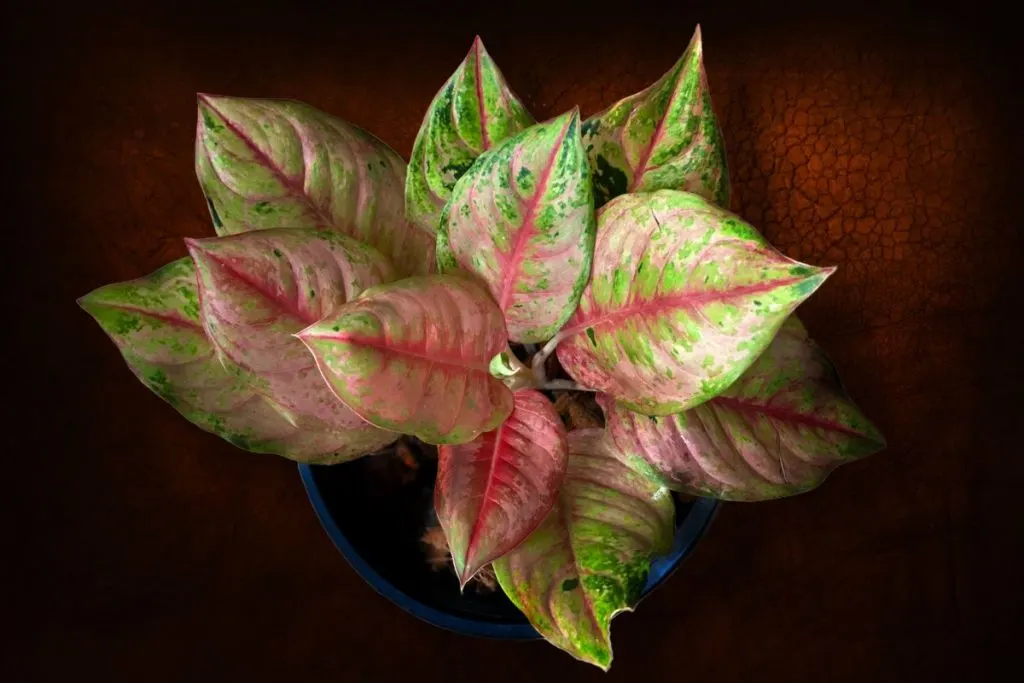
Can aglaonema stand direct sunlight? Direct sun can kill your Sarah plant quickly, so she’ll do more than great in low light conditions.
Low light and bright light are something this plant likes. Don’t feel bad for placing your aglaonema somewhere where there is no sun. She’ll love it!
Aglaonema sparkling Sarah plants don’t like direct sunlight. But remember this, the morning sun won’t do any harm and it’s good for these rare plants.
As with other plants, it can easily lead to problems such as yellow and brown leaves due to its sensitive leaves that are not so dark green.
Diffused natural light or just artificial lighting (artificial fluorescent light) also works well for this beautiful plant.
Watering Routine For Aglaonema Sparkling Sarah
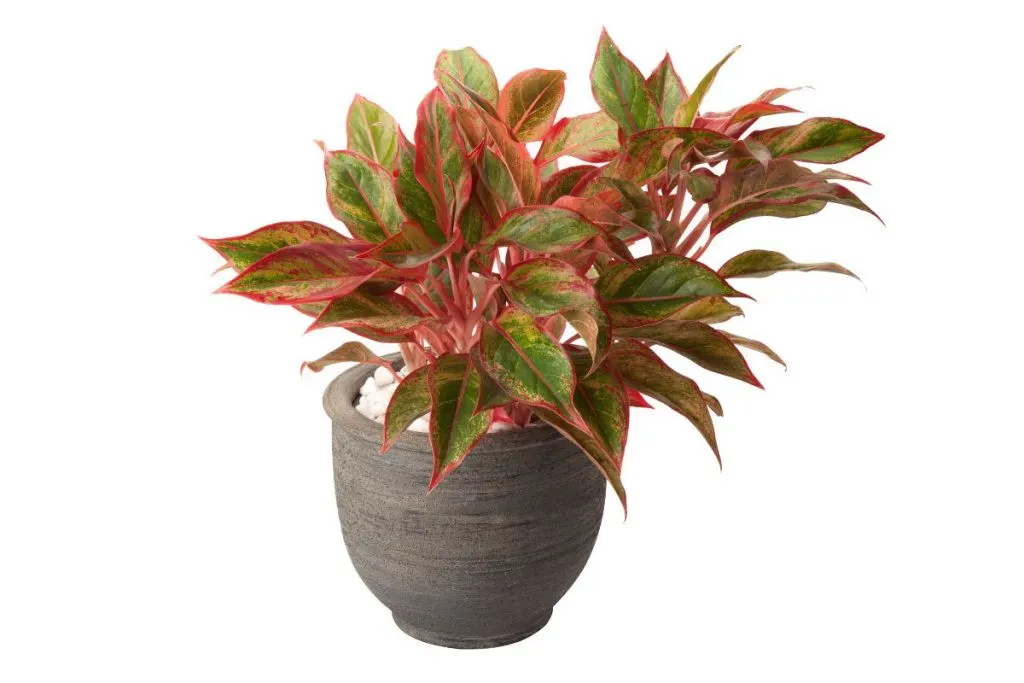
One thing you have to know for sure about this plant and its watering schedule: do not overdo it! She’ll look droopy when it’s hotter than usual, but that doesn’t mean you should shower it.
This plant doesn’t like much water. When you overdo it by accident, luckily for you, you’ll have drainage holes and they will save the situation.
This low-maintenance plant likes a bit of water now and then, once a week is perfect and that will do the job!
A few leaves might seem droopy from time to time as mentioned above, but do not water it more because of that.
You might think that your plant is thirsty for some water but it will recover soon. Maybe it’s missing more light or fertilizers.
When these beautiful plants are mature plant, especially then, you can cut the watering routine even more. It’s not drought tolerant but doesn’t like too much water either.
Is Potting Mix The Right Choice?
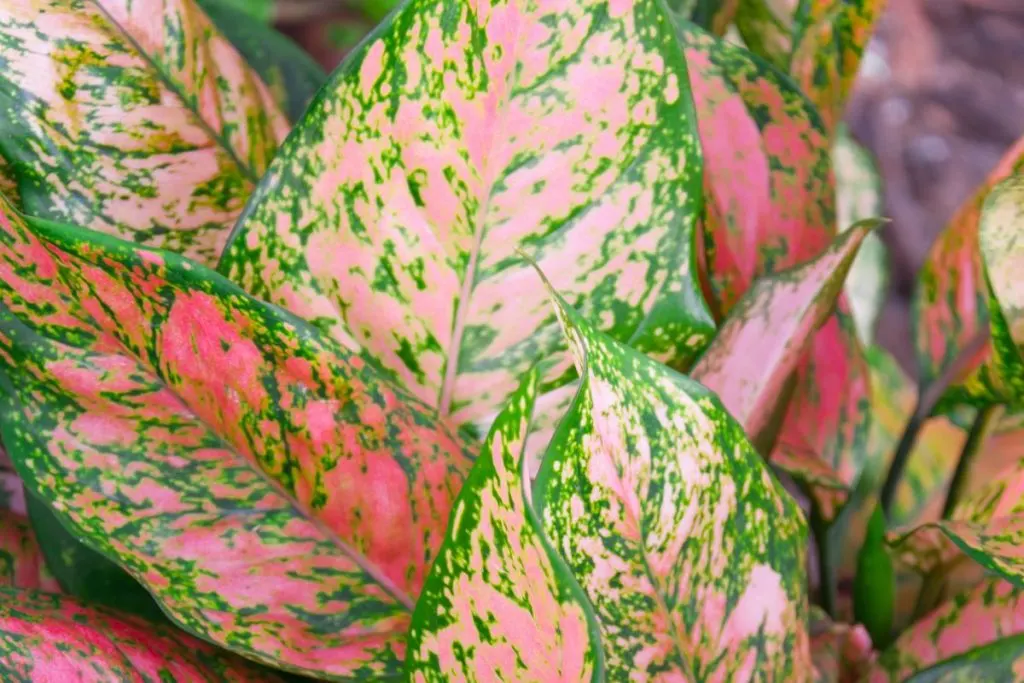
A suitable pot for perfect plant growth is a medium-sized pot with a drain hole at the bottom. Aglaonema loves to stay in a calm rooted situation.
It is enough to add perlite or a similar substrate to the soil for indoor plants, and even some bark for Orchids. Common houseplant mixture works great as well for aglaonema plants.
Peat-based mixtures are a great solution for this plant’s soil. You can’t go wrong with that. Sand can show good results as well, but don’t hope too much.
Choose A Balanced House Plant Fertilizer
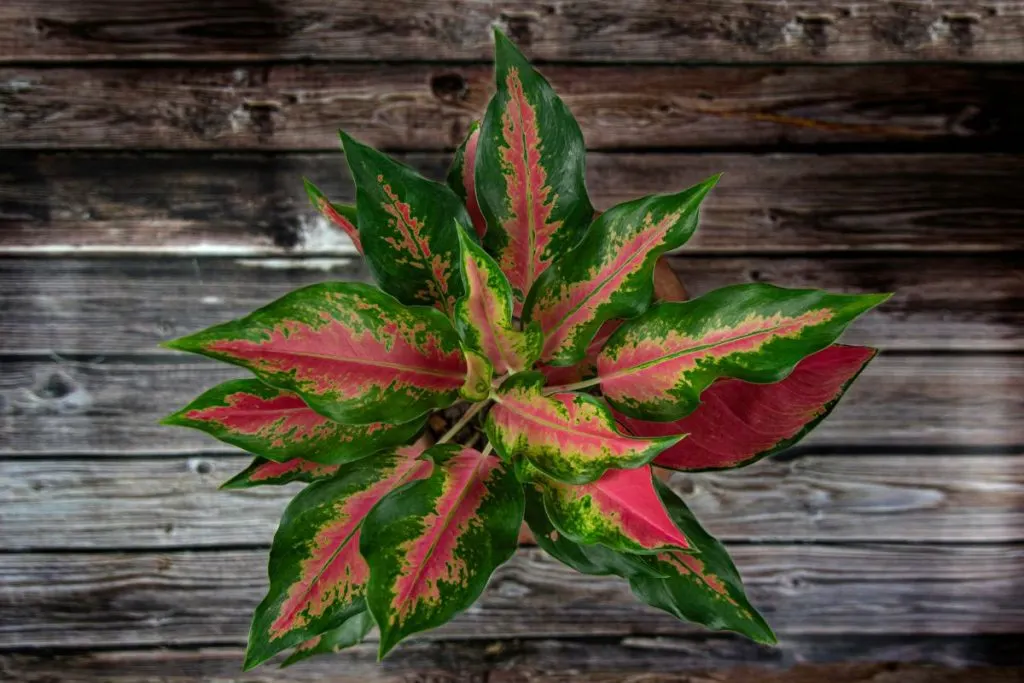
The best time to fertilize these Chinese evergreens plants is in spring or summer. In winter, the plants are dormant and do not require abundant nutrition.
Balanced house plant fertilizer is great for Sarah aglaonema and liquid fertilizer as well. Some people consider that by using fertilizer, you’re doing some sort of artificial growing.
That’s not completely false, but you’re only helping your plant to be a well-grown plant. Please note that plants should not be fertilized in winter in their sleeping phase. This can even kill plants.
Temperature And Humidity For Such A Plant
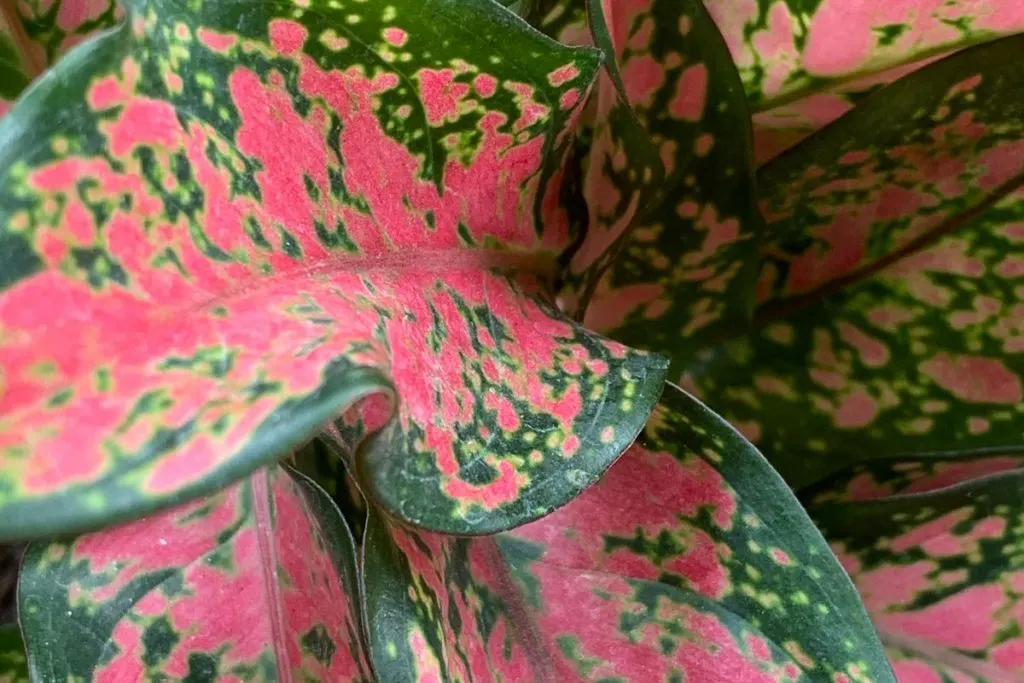
This is a cold tolerant plant but that doesn’t mean you should expose it to temperatures below 55 F. This is the optimal cold weather temperature that your plant can handle.
Usually, if you’re growing this lovely plant at your home, it grows the best in temperatures between 60 and 75 F. When it comes to the humidity, too moist air and dry air both don’t work well.
In dry weather, little attention should be paid to the plants. Humidity can be maintained with a misting method, pebble water tray, and humidifier.
Do not wet the plant for long periods as it may increase the chances of a fungal infection.
Medium humidity is definitely what this plant likes the most. You have medium humidity in just about any location, so remember that for this stunning plant.
Growing Aglaonema Sparkling Sarah From Seeds
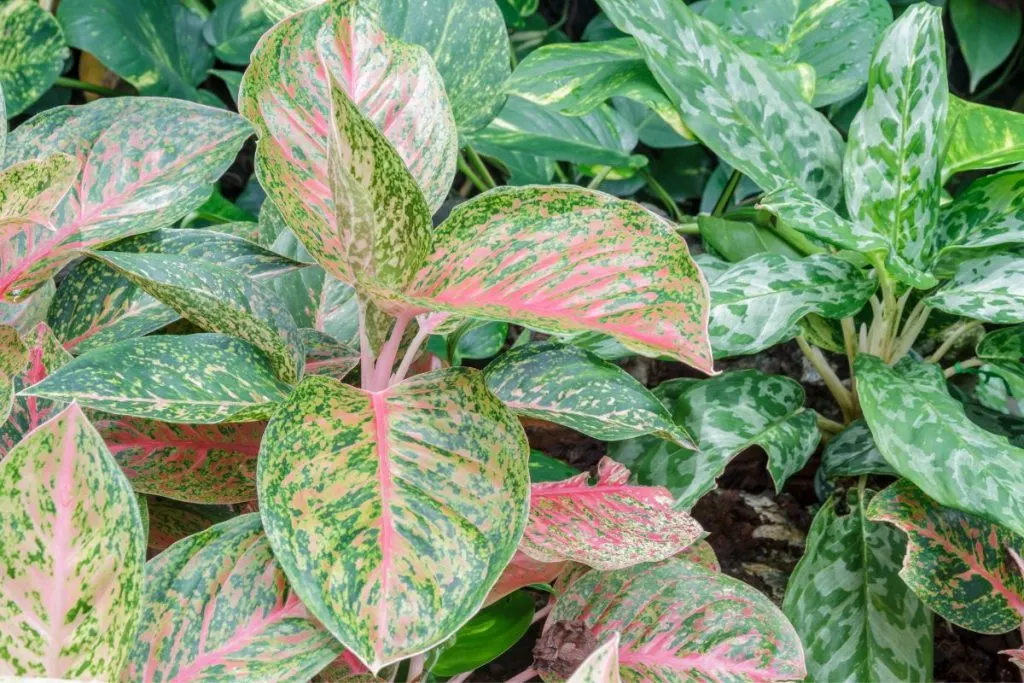
Aglaonema is also grown from seed at home. This process is quite laborious and time-consuming, so imagine spending the necessary patience.
The seeds can be bought in specialized stores or obtained independently from the flesh of the fruit.
Then they need to survive in special preparation for growth stimulation, and then sow the soil with peat and sand. The planted seeds are well watered, the pot is covered with a plastic bag and placed in a warm-lit place.
When the first shoots appear, they need to be “accustomed” to dry air. To do this, you need to take polyethylene for several hours with a potted plant every day.
Once two or three real leaves will form, the polyethylene has completely withdrawn and they will sit in the germination container for their further growth. Since Aglaonema grows slowly, it takes about three years to produce an adult flower.
Pinch Requirements
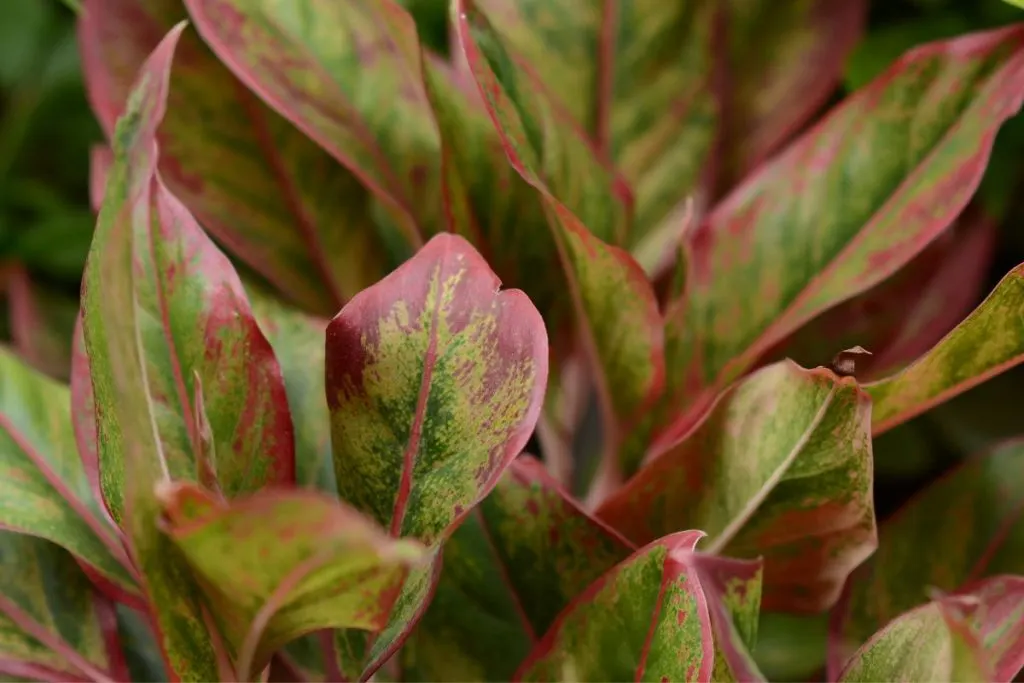
Plants can make more bushes by removing some of the new leaves that have emerged. This should be done by hand, not with scissors.
Your sparkling Sarah aglaonema will only grow better this way. Plus, this won’t take a few hours, it takes a few minutes to get this done. Gently peel off the new leaves from the parent plant while firmly grasping the stem.
Make sure the leaves and petioles are fully exposed without leaving any stumps. This is because leaf and stem wounds and stumps cause the spread of fungi and pests.
Aglaonema Sparkling Sarah Propagation
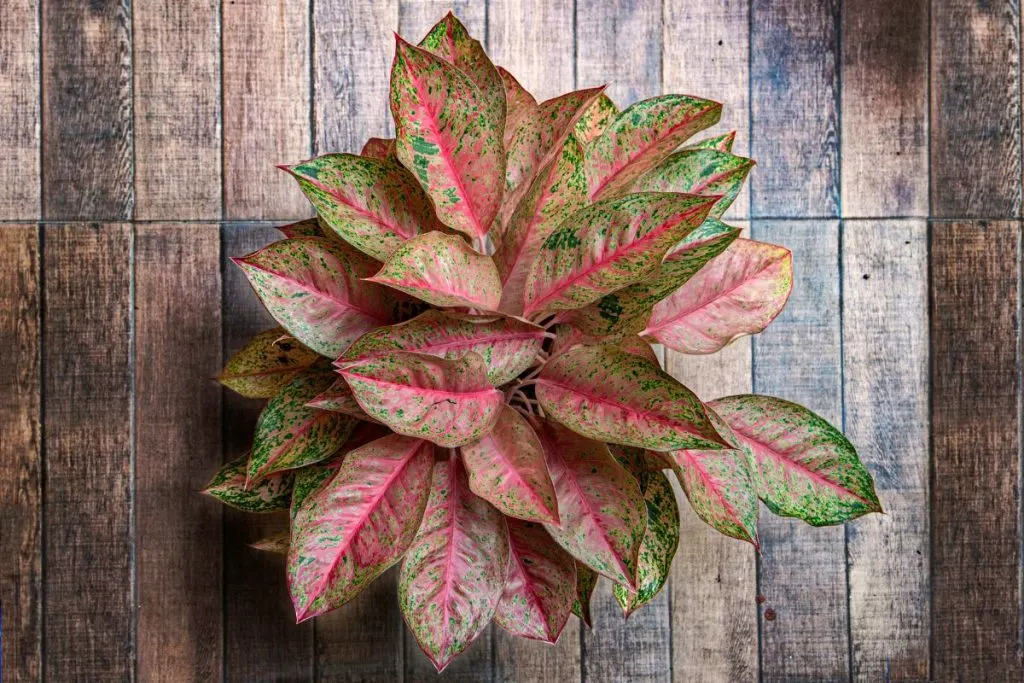
These plants are easy to grow and are bred using normal breeding methods. The best time to breed plants is in mid-spring or midsummer.
You can use the following methods to propagate Aglaonema:
Route division:
- This is a common way to breed plants and you need to follow these steps to breed them without any problems.
- You need to select an adult plant and press it to see the root bulb. Separate the mass and cut the secondary or tertiary roots with sterile roots.
- Next, place the seedlings at a distance of 3-4 inches You can use coi-applet or cow dung. The final step is to water the soil and keep it in low indirect light.
Propagation with water:
- You can also breed Aglaonema in water.
- All you have to do is put a piece of plant in a jar of water. 40-50% of the pot should contain water.
- Give the plant 40-55 days and put it in low indirect light.
- Water should be changed weekly to avoid contamination.
Stem cuttings:
- This is one of the easiest methods you can use to breed a plant.
- Simply cut 5-8 inches from the mother plant with sterile scissors. Next, place the plant in well-drained potting soil.
- Provides optimal growth conditions for plants and sheds indirect light.
- The final step is to identify the plant at the destination.
Repotting Aglaonema Sparkling Sarah
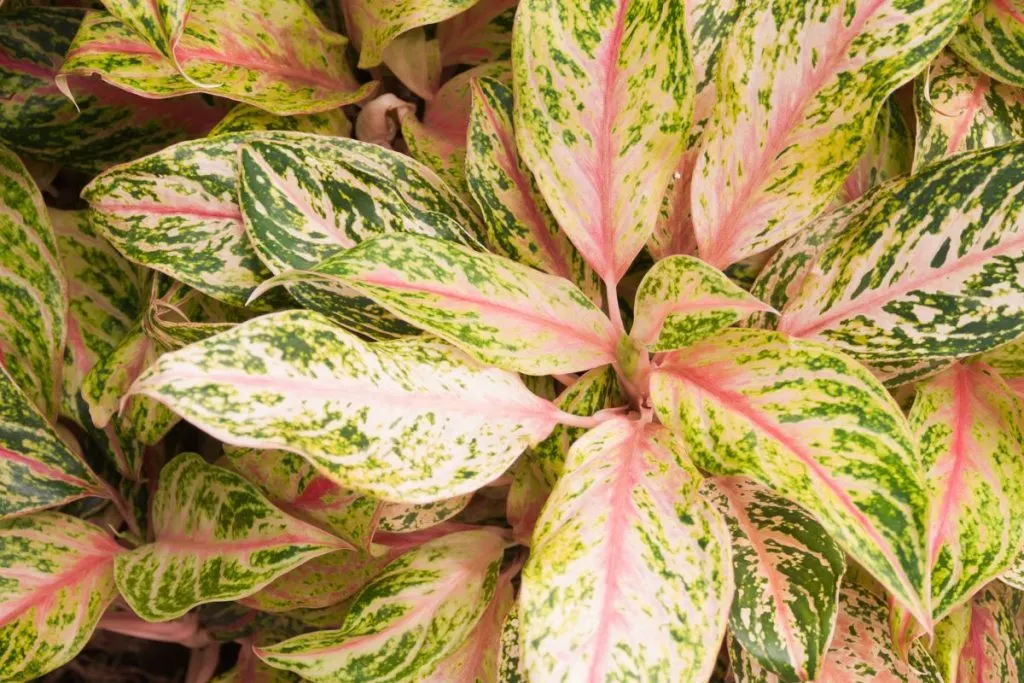
Smaller plants can be transplanted once every 12 to 18 months. When choosing the ideal container for your aglaonema, try to make sure that it is not small and narrow.
That way you do not have to carry out the transplanting process again, and thus expose the plant to unnecessary shocks and re-adaptation to new conditions.
However, the pot chosen mustn’t be much larger than the previous one, as this would cause water retention and excessive soil moisture.
If you want to keep the current size of the plant, leave it in the same pot, and provide it with new, fresh soil and regular pruning.
If we are talking about larger plants, we suggest transplanting in a period between 12 and 24 months.
Do not choose a pot that is much larger than the previous one, because this way moisture is retained and there is a greater possibility of root rot.
If you want your plant to keep its current size and shape, use the instructions for smaller plants.
Aglaonema Sparkling Sarah. Vs. Spathiphyllum
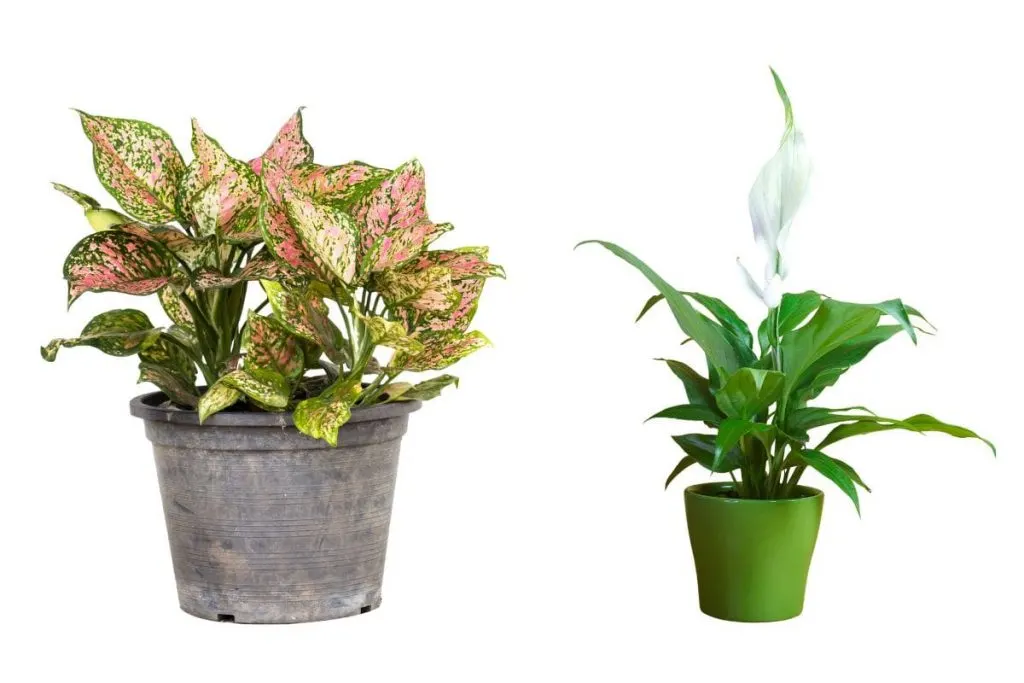
This Aglaonema is very often confused with Spathiphyllum, which is not strange. Even from long-time florists, people heard that Aglaonema Sarah is a species of Spathiphyllum. But it is not.
The most deceiving thing is the leaves. Their leaves are very similar because of their “indentations” although, if we look a little closer, we can easily see that they are still different.
The leaves of Spathiphyllum are much narrower and longer compared to Aglaonemina. Spathiphyllum leaves are also much thinner.
Pests Of The Aglaonema Sparkling Sarah
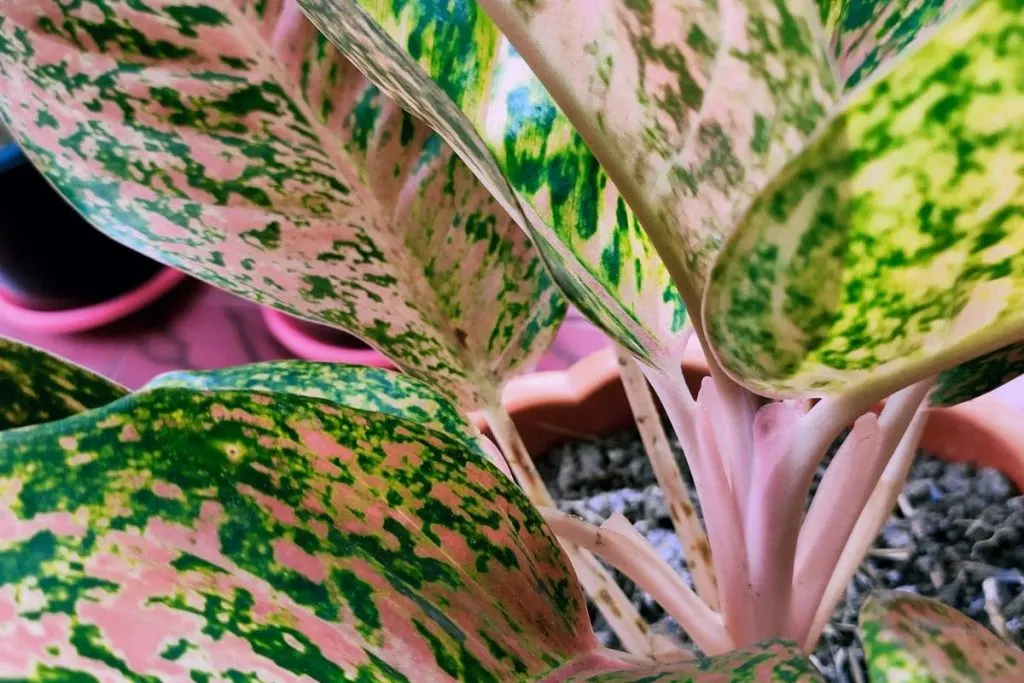
The appearance of pests not only affects the appearance of the deciduous part but can also lead to the death of the flower.
Spider mite – it is entangled in gray spiders, leaves pale, loses elasticity, and falls. To prevent the spread of the disease, it is necessary to remove all affected parts and process them all alone with acetic.
Dietary bugs are one of the most common insect problems that can occur in Aglaonema. An oval, slightly flat body and six legs are characteristic of this insect, but it may appear to have more legs due to its “antenna” and “tail”.
They also have fringes around their bodies. A waxy protective substance covers the adult and egg sac, giving it a cotton-like appearance. Here is a picture of the foliage plant scale insect. Mealybug emits a sticky substance called honeydew.
They are usually found in hidden areas, under the leaves, or in the axillae of the leaves. Be aware of these pests, especially if you are bringing new plants home for the first time.
It cleans the air and saturates it with air ions, reduces the benzene content in the room, and kills streptococcal infection. It has been observed that in the room where Aglaonema is located, people are more resistant to stress and more efficient.
How To Fix The Problems With Pests?
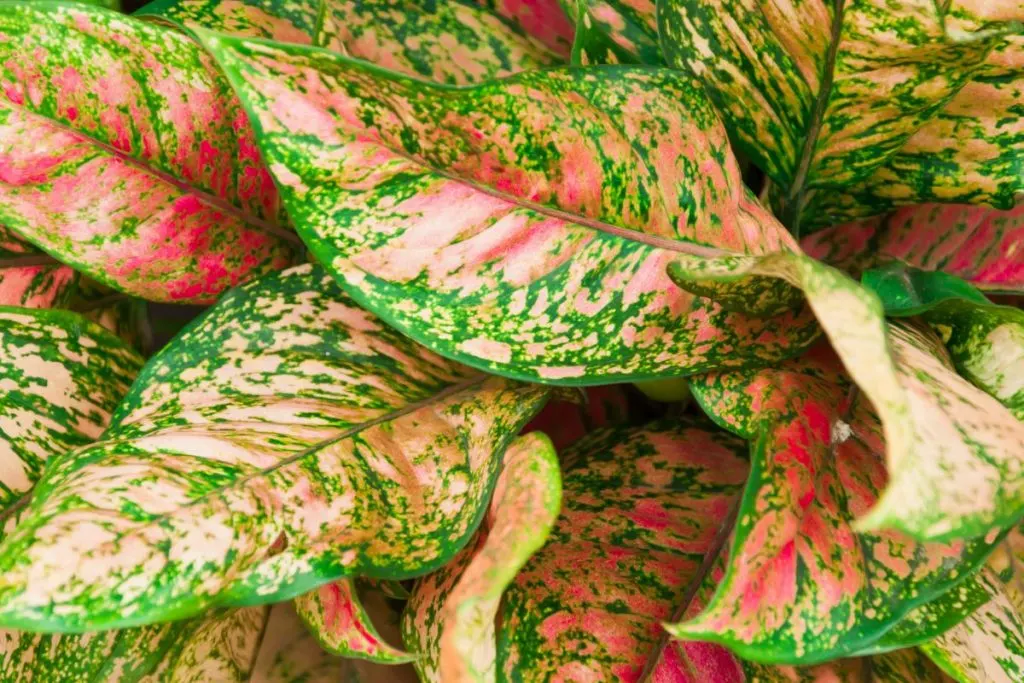
It is advisable to isolate new additions to the houseplant family for several weeks to ensure that no insects were initially overlooked. Wash the new houseplants with a mixture of water and a neutral dishwashing liquid.
Add a few drops of eucalyptus essential oil or orange essential oil to the houseplant cleaning solution. Apply to the surface of the upper and lower leaves and stems of the foliage plant, being careful not to saturate the soil.
You can clean it by hand or use a spray bottle to apply the houseplant cleaning solution. Gently wipe the top and bottom of the leaves with a sponge moistened with a cleaning solution.
Cleaning your houseplant should be a regular part of your houseplant care routine. When the leaves of the plant are in the sun or the soil is dry, do not apply anything to the leaves. First, pour water and place it in the shade.
Diseases Of Aglaonema Sparkling Sarah
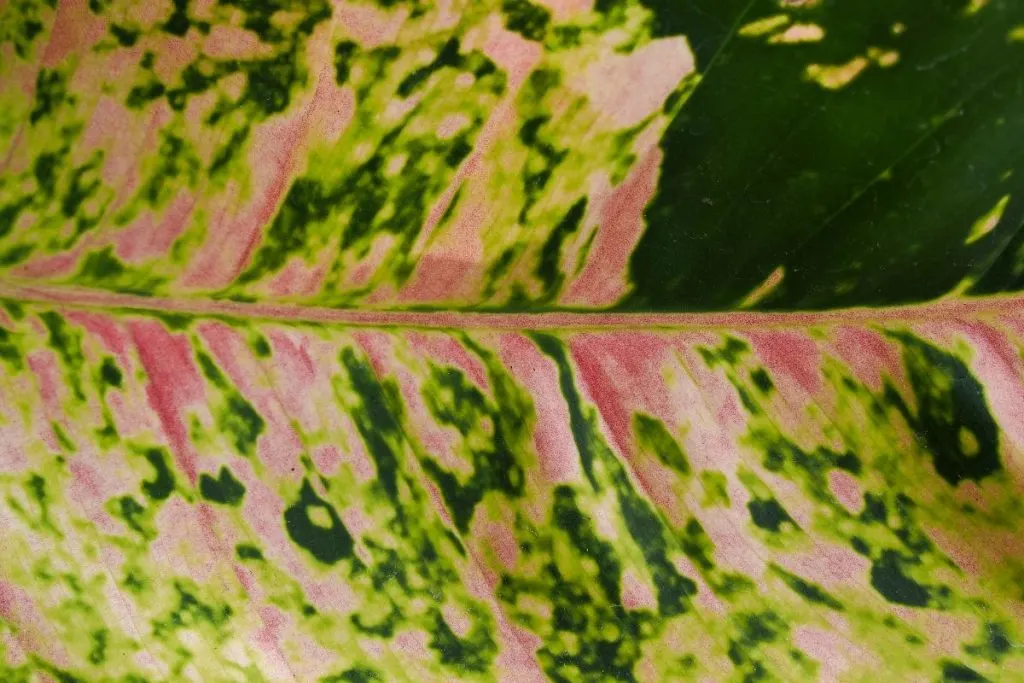
Aglaonema is susceptible to various diseases. These two are the most common diseases that aglaonema might face:
- The hollowness of the leaves
Another disease is caused by fungi. It occurs on most plants of this species, especially on aglaonema. Small freckles form on the leaves, which turn brown and fall off.
The leaves remain with many holes. The intensity of the disease is related to increased rainfall if the plant is outside. If it is a house plant, too much water is the cause of this disease.
- Scabies
Scab is caused by the fungus Venturia inaequalis, and symptoms appear on all parts of the plant. It occurs in conditions of increased humidity.
The first symptom is olive-brown spots on the leaf and petiole. The disease causes the reduced formation of flower buds, dropping of green fruits, defoliation, etc.
Other Problems Aglaonema Sparkling Sarah Might Face
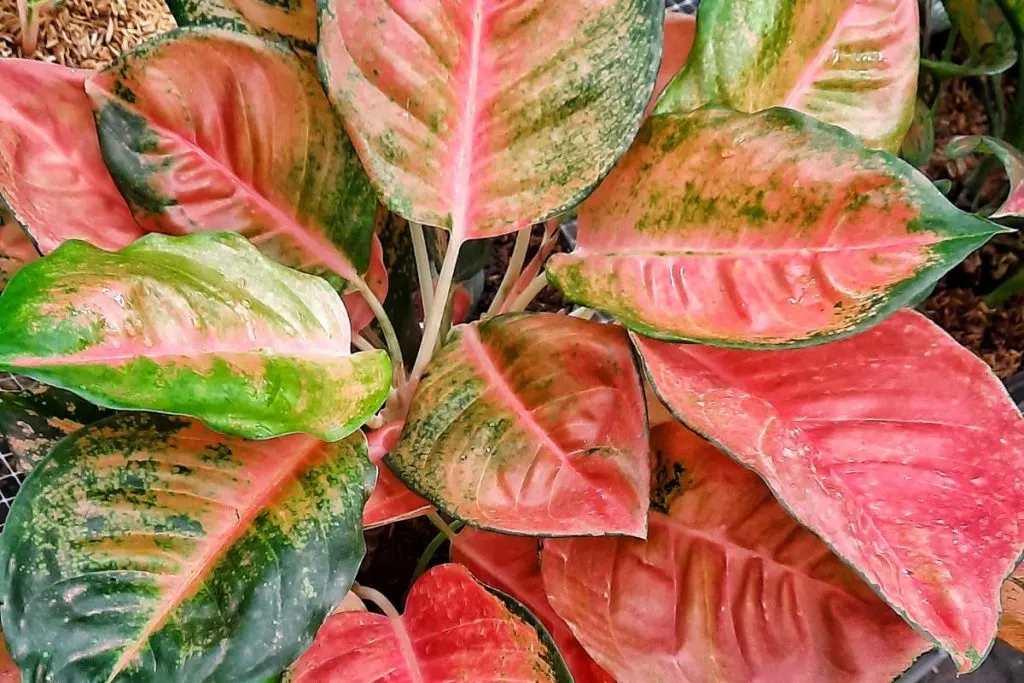
A common problem of aglaonema that occurs is the yellowed and dried tips of the leaves. This can cause many problems, such as:
- An excessive amount of water;
- Too much fertilizer or
- Inadequate amount of light.
In addition to these most common causes, tap water can create an additional problem and increase the drying of the tips of the leaves, due to the high concentration of salt, chlorine, and fluorine.
If you don’t have a filtration system, you can leave the water overnight in the container, before watering, this will allow the concentration of these substances to be significantly reduced.
Falling Leaves
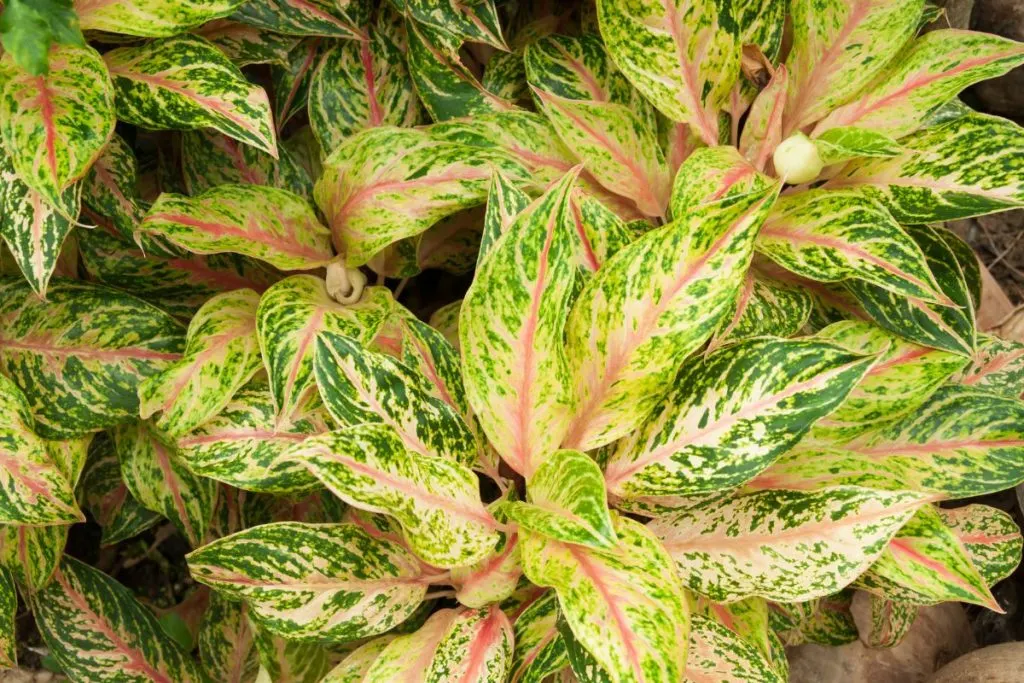
Falling leaves occur when aglaonema is not watered properly or when there is not enough lighting. If it is excessively exposed to the sun, the leaves of this plant can curl to protect against burns that the sun can cause.
Insufficient light can also be harmful to the leaves of the plant, as they will begin to wither and show signs of weakness.
How To Fix Falling Leaves Issue?
With only a couple of minutes or even a couple of seconds of your time, you can solve problems that your aglaonema sparkling Sarah is facing.
- The most common reason for the leaves on your plant to turn yellow is because you are not watering or overwatering the plant. Plants need water to survive and if they don’t get enough, they will drop their leaves to conserve their supply.
- To form chlorophyll, plants rely on certain nutrients in the soil, such as iron and manganese. Therefore, soil that is poor in nutrients can cause the leaves to turn yellow.
- If your plant is right next to a window, move it to a room where it gets less light. This is especially important if you have windows facing south or west, as they have more light than those facing north and east.
- Overwatering is more difficult to fix than underwatering. If your plant is flooded, stop watering it for now and make sure your container has a drainage hole. If yellow leaves continue to develop, it’s time to check the plant for root rot.
The Problem Of Yellowing Stems
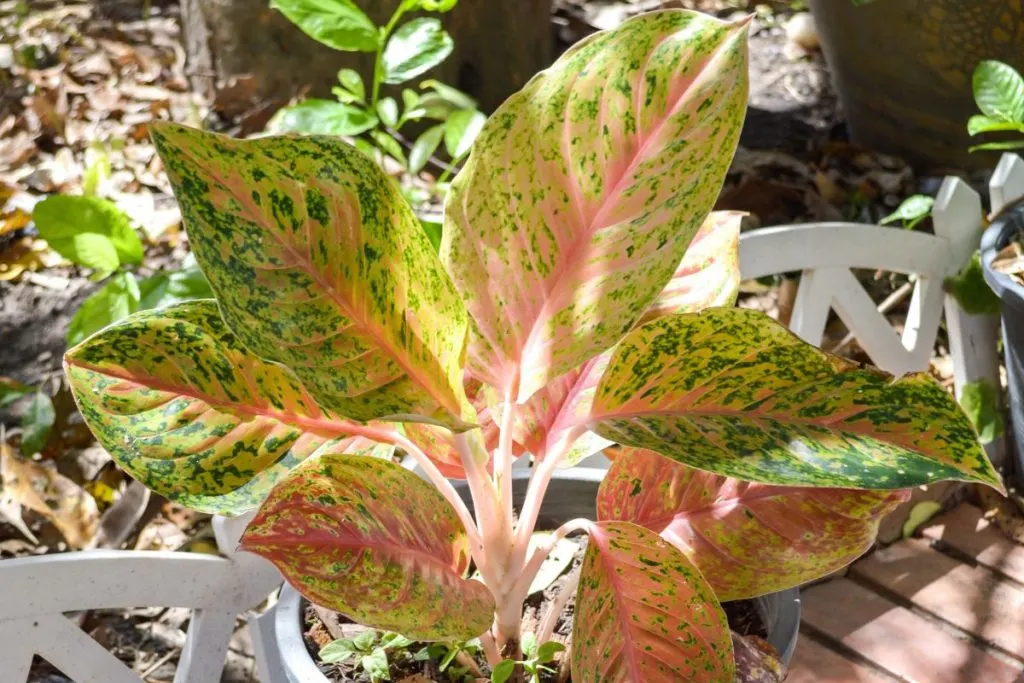
This is a very common occurrence of aglaonema, which occurs due to inadequate care and maintenance of the plant. The main cause is the retention of too much moisture in the soil, which leads to the rotting of the roots.
Aglaonema stems retain water during the dry period. If the soil is very wet and the stems are filled with water, this leads to the sudden rotting of the plant. In that case, stop watering, it would be best to replace the soil and prune all the rotten parts of the plant.
Is Aglaonema Sarah Plant Toxic?
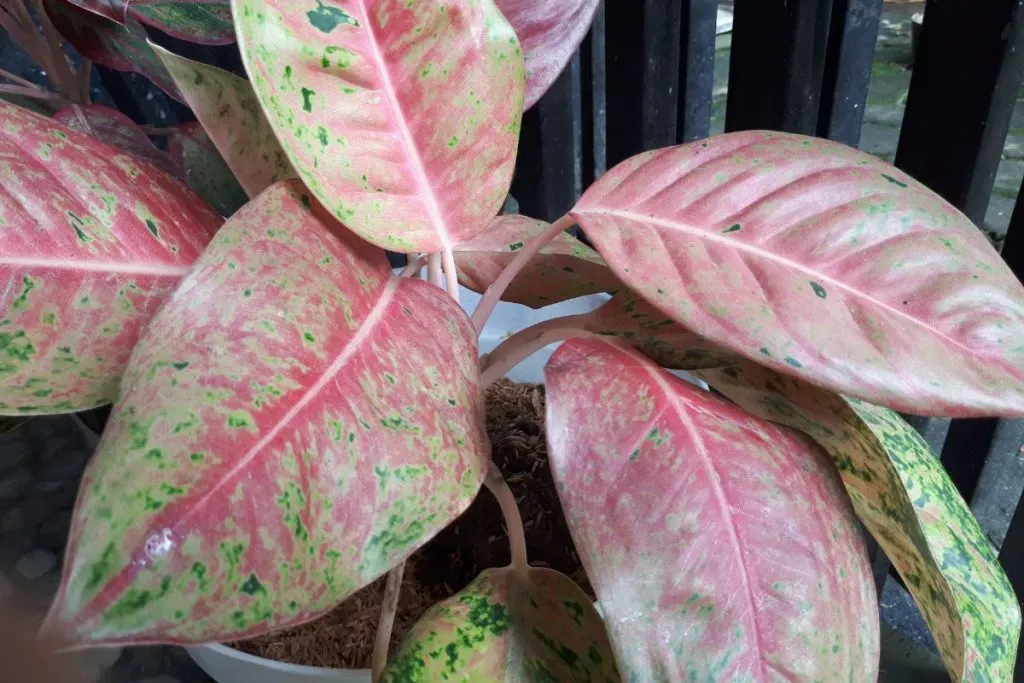
But you should also know about the negative traits. Aglaonema Sarah juice and berries are very poisonous.
They shouldn’t be eaten or applied to the skin and mucous membranes. The plant can be toxic to dogs and cats as well, so it’s best to keep them away from your pets and kids.
Final Thoughts
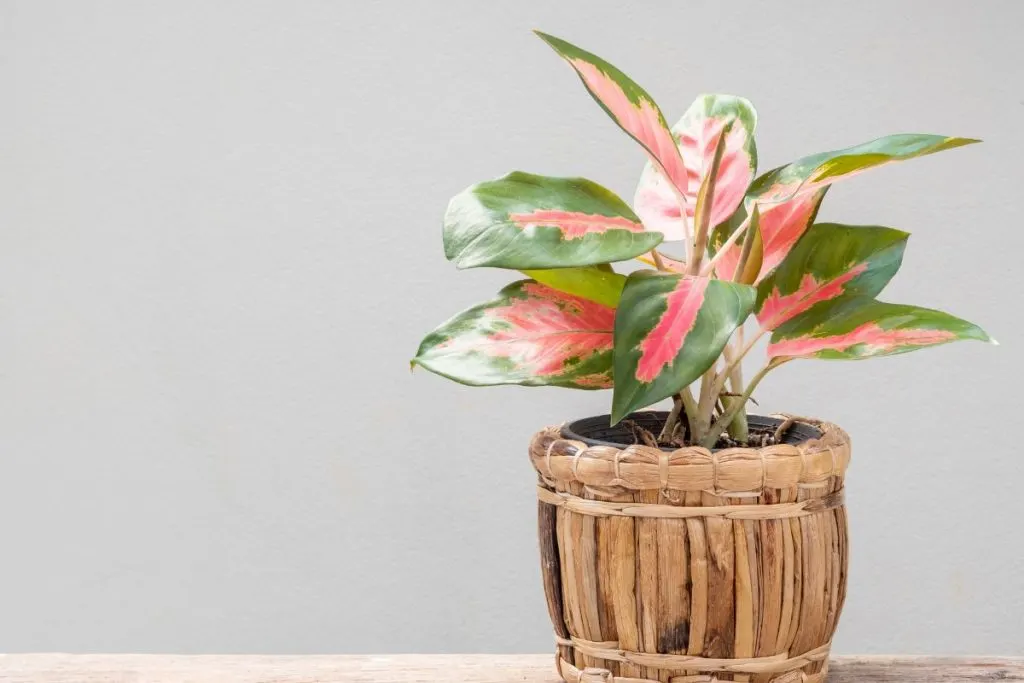
And that would be all for today, my lovely ladies!
I don’t know about you, but since I don’t have this plant at my home, I know for sure that I’m going to get it now. As you can see, it is a low-maintenance plant and you won’t have any problems growing it in your home.
Sure, it might have some problems with pests or diseases as any other house plant, but if you follow our guide, you’ll take care of that easily. That is the biggest problem you might face with this plant I guess.
Do you know what to do tomorrow? Quickly go to the flower shop and aglaonema sparkling Sarah your home. This pinkish tropical baby will brighten up your home space!

